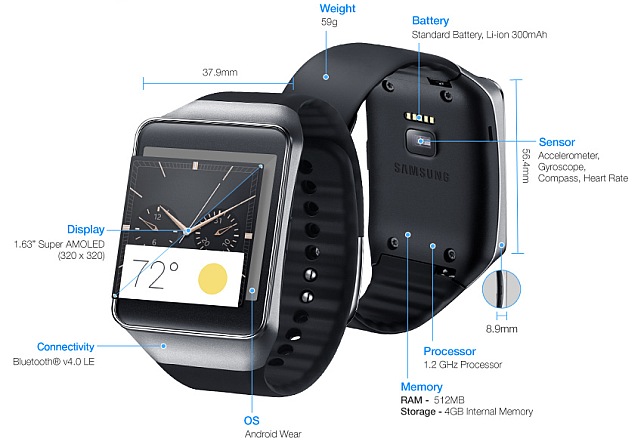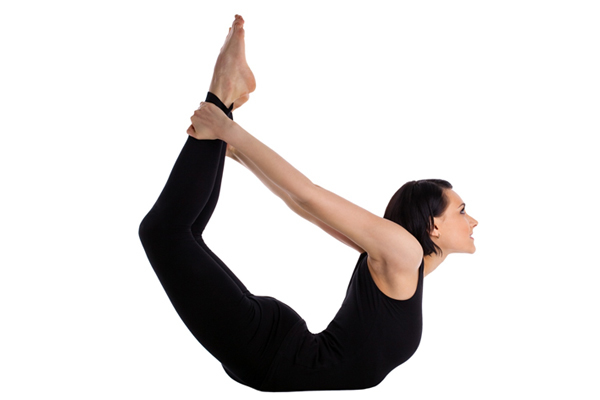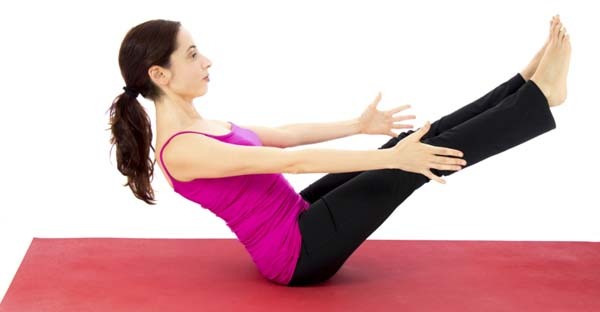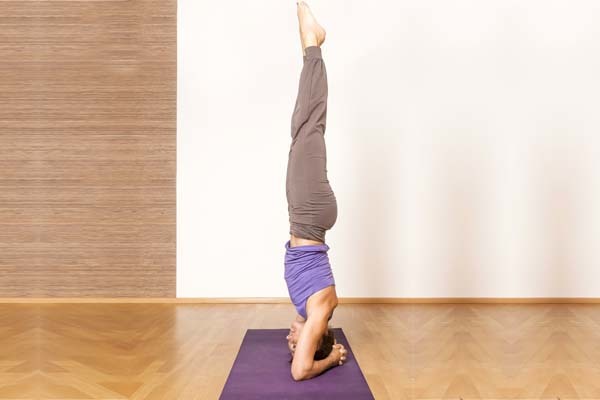Micromax Canvas Engage A091
Micromax Canvas Engage A091, which is currently selling for just few hundred bucks less than Rs 6,000, features Android 4.4.2 KitKat operaitng system. The Canvas Engage offers a 4-inch display with 480x800 pixel resolution and supports Dual SIM configuration. Canvas Engage is powered by a quad-core 1.2 GHz mobile processor and 512 MB RAM. For storage, this phone offers 4 GB ROM and memory slot can support 32 GB micro SD. The Canvas Engage has a 5 megapixel rear camera and a 0.3 megapixel front camera.
Besides, this dual SIM smartphone has WiFi, Bluetooth 4.0, micro USB port, a 3.5 mm jack, GPS and FM radio. It also offers 3G connectivity; perhaps only one of the SIM slot supports 3G SIM while the other is meant for 2G SIM. Micromax has packed a 1500 mAh battery in the Canvas Engage that claims to offer 5.5 hours of talktime and 200 hours of standby.
Karbonn Titanium S1 Plus
Karbonn recently introduced the Titanium S1 Plus which is basically an iteration of last year's Titanium S1. This new dual-SIM smartphone offers a 4-inch capacitive display with 480x800 pixel resolution. By default, it is powered by a quad-core mobile processor coupled with 1 GB RAM and offers 4 GB on-board storage. Memory slot can hold up to 32 GB memory card. This dual SIM handset can support one 3G network SIM module.
At the rear, it offers a 5 megapixel camera with autofocus and LED flash. In the front, it has a VGA camera for video calls. Titanium S1 Plus offers WiFi, Bluetooth, FM Radio, GPS with A-GPS support and micro USB slot. To power this handset, Karbonn has placed mere 1500 mAh battery.
Xolo A500 Club
Xolo A500 Club is meant for the music frenzy and features a 4-inch IPS OGS display with 233 PPI pixel density. Measuring 9.3 mm thick, it houses a dual-core 1.3 GHz processor coupled with Mali 400 MP GPU and 512 MB RAM. Xolo has loaded Android 4.2 Jelly Bean and offered 4 GB internal storage. It has an expandable memory card slot that can accommodate up to a 32 GB micro SD card.
Xolo A500 Club sports a 5 megapixel rear camera with LED Flash and offers 18 new image modes in the camera app. In the front, it has a VGA camera for video calls and also selfies with automatic face and smile recognition based on voice prompt. Other notable features of A500 Club include Accelerometer, Proximity, and Ambient Light sensors. The dual SIM phone has WiFi, Bluetooth 4.0, and micro USB 2.0 port. Xolo has loaded A500 Club with a 1,400 mAh battery.
Samsung Galaxy Star Pro Duos
Samsung's budget smartphone Galaxy Star Pro Duos was launched late last year and it brings just about usable set of features to the tablet. Featuring a 4-inch touchscreen display, the Galaxy Star Pro Duos supports 480x800 pixel resolution. This smartphone is powered by a 1 GHz ARM Cortex-A5 based mobile processor paired with 512 MB RAM. It offers 4 GB on-board storage and memory slot to hold up to 32 GB micro SD card.
Only sad part is lack of 3G network SIM support. This Dual SIM device offers dual Standby and also offers WiFi support along with WiFi Direct feature. Samsung has placed a 2 megapixel camera at its back and loaded Android 4.1.2 Jelly Bean to run the TouchWiz UI on top of it. Besides, it has Bluetooth 4.0, Stereo FM Radio with recording, and micro USB port. Mostly usable as a secondary device, the Galaxy Star Pro Duos packs 1500 mAh battery.
Nokia Asha 503
Nokia Asha series phones suit well for someone who doesn't want to haggle around with Android smartphones. The Asha 503 is one such device offering great looks and decent hardware. This dual SIM Asha 503 can accommodate two Micro SIM modules and also one of them also supports 3G network. Nokia has enabled the dual-standby mode. The Asha 503 offers 3-inch display has been constructed using Corning Gorilla Glass technology. The Asha 503 Dual SIM runs the Nokia Asha software platform 1.2 to bring along several pre-loaded apps including WhatsApp.
At the back, the Asha 503 Dual SIM has a 5 megapixel camera and an LED flash. This camera can record QVGA quality videos. Nokia bundles a 4 GB micro SD card with the phone and one can always add up to 32 GB micro SD card for more storage. Nokia has packed a 1200 mAh battery to offer decent run time
Micromax Canvas Engage A091, which is currently selling for just few hundred bucks less than Rs 6,000, features Android 4.4.2 KitKat operaitng system. The Canvas Engage offers a 4-inch display with 480x800 pixel resolution and supports Dual SIM configuration. Canvas Engage is powered by a quad-core 1.2 GHz mobile processor and 512 MB RAM. For storage, this phone offers 4 GB ROM and memory slot can support 32 GB micro SD. The Canvas Engage has a 5 megapixel rear camera and a 0.3 megapixel front camera.
Besides, this dual SIM smartphone has WiFi, Bluetooth 4.0, micro USB port, a 3.5 mm jack, GPS and FM radio. It also offers 3G connectivity; perhaps only one of the SIM slot supports 3G SIM while the other is meant for 2G SIM. Micromax has packed a 1500 mAh battery in the Canvas Engage that claims to offer 5.5 hours of talktime and 200 hours of standby.
Karbonn Titanium S1 Plus
Karbonn recently introduced the Titanium S1 Plus which is basically an iteration of last year's Titanium S1. This new dual-SIM smartphone offers a 4-inch capacitive display with 480x800 pixel resolution. By default, it is powered by a quad-core mobile processor coupled with 1 GB RAM and offers 4 GB on-board storage. Memory slot can hold up to 32 GB memory card. This dual SIM handset can support one 3G network SIM module.
At the rear, it offers a 5 megapixel camera with autofocus and LED flash. In the front, it has a VGA camera for video calls. Titanium S1 Plus offers WiFi, Bluetooth, FM Radio, GPS with A-GPS support and micro USB slot. To power this handset, Karbonn has placed mere 1500 mAh battery.
Xolo A500 Club is meant for the music frenzy and features a 4-inch IPS OGS display with 233 PPI pixel density. Measuring 9.3 mm thick, it houses a dual-core 1.3 GHz processor coupled with Mali 400 MP GPU and 512 MB RAM. Xolo has loaded Android 4.2 Jelly Bean and offered 4 GB internal storage. It has an expandable memory card slot that can accommodate up to a 32 GB micro SD card.
Xolo A500 Club sports a 5 megapixel rear camera with LED Flash and offers 18 new image modes in the camera app. In the front, it has a VGA camera for video calls and also selfies with automatic face and smile recognition based on voice prompt. Other notable features of A500 Club include Accelerometer, Proximity, and Ambient Light sensors. The dual SIM phone has WiFi, Bluetooth 4.0, and micro USB 2.0 port. Xolo has loaded A500 Club with a 1,400 mAh battery.
Samsung Galaxy Star Pro Duos
Samsung's budget smartphone Galaxy Star Pro Duos was launched late last year and it brings just about usable set of features to the tablet. Featuring a 4-inch touchscreen display, the Galaxy Star Pro Duos supports 480x800 pixel resolution. This smartphone is powered by a 1 GHz ARM Cortex-A5 based mobile processor paired with 512 MB RAM. It offers 4 GB on-board storage and memory slot to hold up to 32 GB micro SD card.
Only sad part is lack of 3G network SIM support. This Dual SIM device offers dual Standby and also offers WiFi support along with WiFi Direct feature. Samsung has placed a 2 megapixel camera at its back and loaded Android 4.1.2 Jelly Bean to run the TouchWiz UI on top of it. Besides, it has Bluetooth 4.0, Stereo FM Radio with recording, and micro USB port. Mostly usable as a secondary device, the Galaxy Star Pro Duos packs 1500 mAh battery.
Nokia Asha 503
Nokia Asha series phones suit well for someone who doesn't want to haggle around with Android smartphones. The Asha 503 is one such device offering great looks and decent hardware. This dual SIM Asha 503 can accommodate two Micro SIM modules and also one of them also supports 3G network. Nokia has enabled the dual-standby mode. The Asha 503 offers 3-inch display has been constructed using Corning Gorilla Glass technology. The Asha 503 Dual SIM runs the Nokia Asha software platform 1.2 to bring along several pre-loaded apps including WhatsApp.
At the back, the Asha 503 Dual SIM has a 5 megapixel camera and an LED flash. This camera can record QVGA quality videos. Nokia bundles a 4 GB micro SD card with the phone and one can always add up to 32 GB micro SD card for more storage. Nokia has packed a 1200 mAh battery to offer decent run time

















